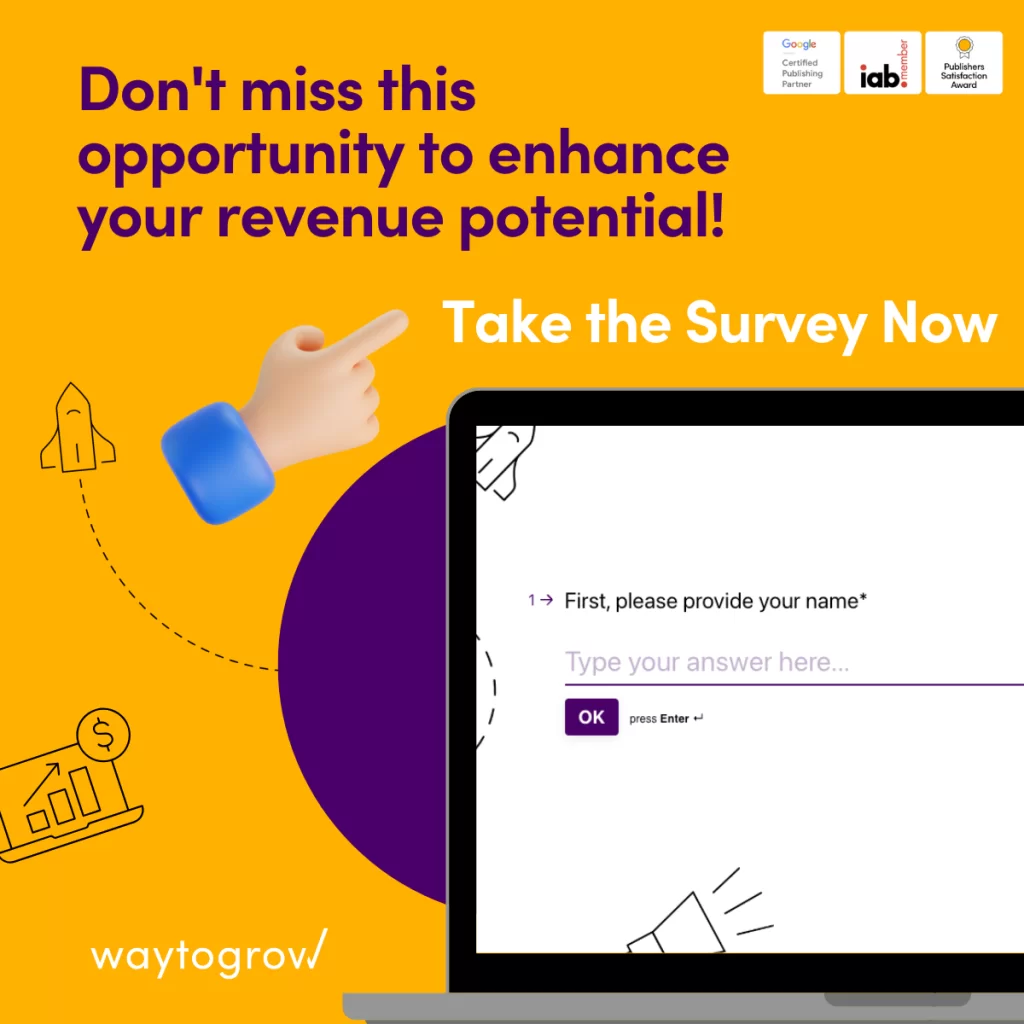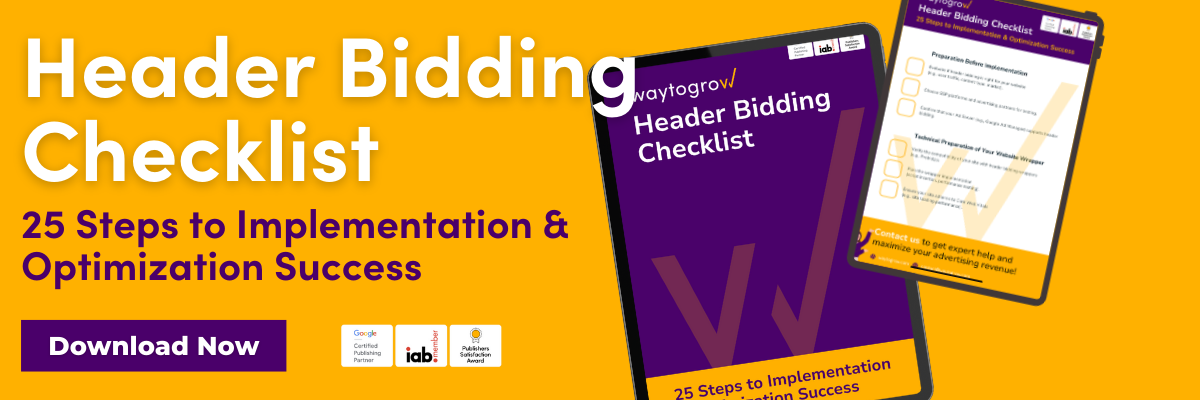- Serving Meaningful Ads within Your Content
- The Importance of Building a Strong Content Relationship
- Strategies for Developing a Meaningful Content Relationship
- Leveraging Relevant Ads to Enhance User Experience
- Balancing Monetization Goals with User Experience
- Tools and Technologies for Optimizing Content Relationships
- Measuring Success in Content Relationships
In the fast-paced world of digital advertising, establishing a strong content relationship between publishers and advertisers is crucial for success. This article explores the significance of building meaningful connections, strategies for developing these relationships, leveraging relevant ads to enhance user experience, balancing monetization goals with user experience, tools and technologies for optimizing content relationships, and measuring success in content relationships.
Serving Meaningful Ads within Your Content

As a publisher, one of your main goals is to create engaging and valuable content for your audience. But how can you monetize your content without compromising its quality? The answer lies in serving meaningful ads that are seamlessly integrated within your content.
By establishing a strong content relationship with your ads, you can ensure that they enhance the user experience rather than disrupt it. Here’s how:
- Relevance: When selecting ads to display on your website, make sure they are relevant to your content and target audience. This will not only increase the chances of users clicking on the ads but also enhance their overall experience on your site.
- Placement: Consider the placement of your ads within your content. Strategic placement can make them more noticeable without being intrusive. For example, placing an ad between paragraphs or at the end of an article can be less disruptive than pop-up ads or banners that cover the entire screen.
- Integration: Integrate the design and format of the ads with your website’s overall aesthetic. This will make them feel like a natural part of your content, rather than an intrusive element. Customizing the ad’s appearance to match your website’s color scheme and fonts can go a long way in creating a cohesive user experience.
- Transparency: Be transparent with your audience about the presence of ads on your website. Clearly label them as sponsored or advertisement content to maintain trust and credibility with your readers.
Serving meaningful ads within your content not only allows you to generate revenue but also enhances the overall user experience on your website. By establishing a strong content relationship with your ads through relevance, strategic placement, integration, and transparency, you can strike the perfect balance between monetization and user satisfaction.
The Importance of Building a Strong Content Relationship
Establishing a strong content relationship between publishers and advertisers is crucial for the success of both parties. When publishers carefully select ads that are relevant to their content and target audience, they create a seamless user experience that enhances engagement and trust. By aligning the ads with the interests and needs of their audience, publishers can provide valuable recommendations and solutions, positioning themselves as trusted sources of information.
A strong content relationship also leads to higher engagement and revenue for publishers. When ads are seamlessly integrated within the content, users are more likely to click on them, resulting in increased ad impressions and click-through rates. This not only generates revenue for publishers but also indicates that the ads are resonating with their audience. As a result, advertisers are more likely to invest in partnerships with publishers who have a strong content relationship, leading to long-term collaborations and sustainable revenue streams.
Successful examples of content relationships can be seen in influencer marketing campaigns, where influencers seamlessly incorporate sponsored products or services into their content. By authentically endorsing these products or services, influencers build trust with their audience and create a positive association between the brand and their own personal brand. This not only drives higher engagement but also fosters loyalty among their followers, who value their recommendations.
In summary, building a strong content relationship is essential for publishers to monetize their content effectively while maintaining user satisfaction. By carefully selecting relevant ads, strategically placing them within the content, integrating them seamlessly with the overall design, and being transparent about their presence, publishers can create a win-win situation where both advertisers and audiences benefit.
Strategies for Developing a Meaningful Content Relationship
Developing a meaningful content relationship with advertisers is crucial for publishers who want to monetize their content effectively while maintaining user satisfaction. Here are some practical tips to help publishers establish and nurture this relationship:
- Align content with the target audience’s interests and needs: To create a strong content relationship, it’s essential to understand your target audience and align your content with their interests and needs. Conduct audience research to gain insights into their preferences, challenges, and aspirations. By creating content that resonates with your audience, you can attract advertisers whose products or services are relevant to them.
- Leverage data to inform content decisions: Data is a powerful tool that can guide your content strategy and help you make informed decisions. Analyze metrics such as page views, engagement rates, and social media interactions to identify the type of content that performs well with your audience. Use this data to inform your content decisions and attract advertisers who value the engagement and reach of your platform.
- Cultivate transparency and trust: Transparency is key in building a meaningful content relationship. Clearly communicate to your audience when you are featuring sponsored or advertisement content. This transparency fosters trust and credibility, ensuring that your audience continues to engage with your content and the ads displayed within it.
By implementing these strategies, publishers can develop a meaningful content relationship that benefits both their audience and advertisers. Aligning content with the target audience’s interests, leveraging data-driven insights, and cultivating transparency will not only enhance user satisfaction but also attract advertisers who value the quality and relevance of your platform.
Leveraging Relevant Ads to Enhance User Experience

When it comes to serving ads within your content, relevance is key. By selecting ads that are closely aligned with your content and target audience, you can enhance the user experience and keep readers engaged. Relevant ads provide valuable recommendations and solutions that complement the content, making them a natural extension of the reader’s interests and needs.
On the other hand, irrelevant or intrusive ads can have a negative impact on user engagement and satisfaction. Readers may feel frustrated or annoyed when they encounter ads that are unrelated to the content they are consuming. These ads can disrupt the flow of the reading experience and create a sense of disconnect between the publisher and the audience.
To illustrate the power of relevant ads, let’s take a look at successful implementations in influencer marketing campaigns. Influencers seamlessly incorporate sponsored products or services into their content, authentically endorsing them based on their own personal experiences. This not only drives higher engagement but also fosters loyalty among their followers who value their recommendations. By aligning the ads with the influencer’s niche and audience interests, these campaigns create a cohesive user experience that benefits both the influencer and the brand.
Balancing Monetization Goals with User Experience

As a publisher, it can be challenging to strike the right balance between monetization goals and providing a seamless user experience. While generating revenue through ads is important, it should not come at the expense of user satisfaction. Here are some strategies to help you find that balance:
- Strategic ad placement: Consider the placement of your ads within your content. It’s crucial to find a balance between making the ads noticeable and ensuring they don’t disrupt the user experience. Placing ads between paragraphs or at the end of an article can be less intrusive than using pop-up ads or banners that cover the entire screen.
- Transparency and disclosure: Maintaining trust with your readers is essential. Clearly label sponsored or advertisement content to be transparent about their presence. This helps readers distinguish between editorial content and paid promotions, ensuring they feel informed and not deceived.
- User feedback: Pay attention to feedback from your audience. If users find certain types of ads intrusive or irrelevant, take their feedback into consideration and adjust your ad strategy accordingly. This shows that you value their experience and are committed to providing a positive user experience.
Finding the right balance between monetization goals and user experience is crucial for long-term success as a publisher. By strategically placing ads, being transparent with readers, and actively listening to user feedback, you can ensure that your content remains engaging while still generating revenue through meaningful ad placements.
Tools and Technologies for Optimizing Content Relationships
When it comes to optimizing content relationships and maximizing monetization strategies, publishers have access to a range of tools and technologies. These tools can help enhance the integration of ads within content, ensuring a seamless user experience while generating revenue. Here are some key tools and technologies that publishers can leverage:
- Ad Networks: Ad networks connect publishers with a wide range of advertisers, allowing them to display relevant ads on their websites. By partnering with ad networks, publishers can access a large pool of advertisers and optimize their ad inventory to match their target audience’s interests.
- Programmatic Advertising: Programmatic advertising automates the buying and selling of ad inventory in real-time through an auction-based system. This technology uses data-driven algorithms to match ads with relevant content and target specific audience segments. Programmatic advertising offers efficiency, scalability, and precise targeting capabilities for publishers.
- Native Advertising Platforms: Native advertising platforms enable publishers to seamlessly integrate sponsored content within their website’s layout and design. These platforms provide templates and tools that allow publishers to create native ads that blend in naturally with their content. Native advertising platforms offer customization options, ensuring that ads match the overall look and feel of the website.
Each tool or technology mentioned above has its own benefits and considerations when it comes to building meaningful content relationships. Ad networks provide access to a wide range of advertisers, increasing the chances of finding relevant ads for your audience. Programmatic advertising offers automation and precision in ad targeting, ensuring that ads are displayed to the right users at the right time. Native advertising platforms allow for seamless integration of sponsored content, enhancing user experience by making ads feel like a natural part of the website.
In the real world, publishers have successfully utilized these tools to enhance their content monetization strategies. For example, a lifestyle blog partnered with an ad network to display relevant ads from fashion and beauty brands. This partnership allowed the blog to generate revenue while providing its audience with valuable recommendations and offers. Similarly, a news website implemented programmatic advertising to deliver personalized news updates and display relevant ads based on user preferences. This resulted in increased engagement and revenue for the website.
Measuring Success in Content Relationships

As publishers strive to build strong content relationships with advertisers, it’s important to have a way to measure the success of these partnerships. By tracking key metrics and analyzing data, publishers can gain valuable insights into the effectiveness of their content relationships and make data-driven decisions to improve monetization strategies. Here are some ways publishers can measure the success of their content relationships:
- Click-through rates (CTR): Monitoring the CTR of ads placed within your content can provide insight into how well they are resonating with your audience. A higher CTR indicates that the ads are capturing the attention and interest of your readers, leading to increased engagement and potential conversions.
- Conversion rates: Tracking conversion rates allows publishers to understand how effective their content relationships are in driving desired actions from their audience. Whether it’s signing up for a newsletter, making a purchase, or downloading a resource, monitoring conversion rates can help identify which ads are most effective in generating desired outcomes.
- Revenue generated: Ultimately, revenue generated from ads is a key indicator of the success of content relationships. By analyzing the revenue generated from different ad placements and formats, publishers can identify which strategies are most profitable and optimize their monetization efforts accordingly.
To effectively measure success, publishers should regularly analyze these metrics and compare them over time. By identifying trends and patterns in the data, publishers can make informed decisions about ad placement, targeting, and content optimization to further enhance their content relationships and overall monetization strategies.
Share on:










